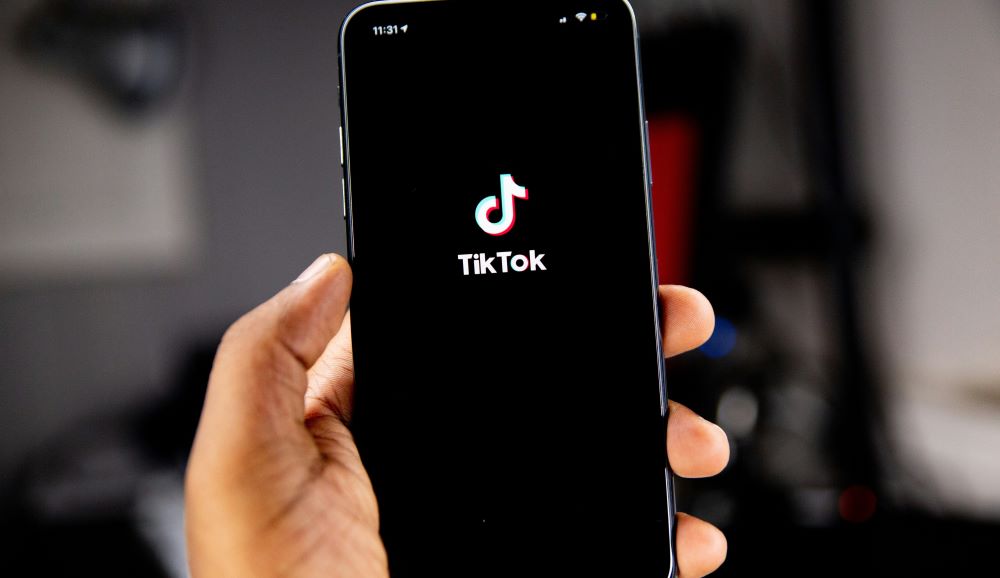UK TV measurement body Barb has this morning issued an invitation to tender for ‘Barb Panel Plus’, the next iteration of Barb’s audience measurement service which will combine Barb’s panel-based data with big data sources. Barb Data Plus will replace Dovetail Fusion, a service which folds broadcasters’ own device-level viewing data from their on-demand services, adding more big data sources to strengthen Barb’s measurement.
Barb says Barb Panel Plus will build on Dovetail Fusion, adding in return path data from connected TVs and set-top boxes, among other sources, as well as first-party server data. This will give more granular and accurate measurement of TV viewing – though combining big datasets with panel data isn’t straightforward. Part of the tender relates to creating a methodology for combining all these data sources, while the other component is for developing software which will process data according to this methodology.
“There are more data sources available than ever before, both from media owners and third parties. Datasets drawn from large samples of millions of devices are now seen as invaluable,” said Caroline Baxter, Barb’s chief operating officer. “Adding census or server datasets to the Barb panel gives us a bigger data sample, and therefore more accurate measurement of audience volumes. Conversely, census or server datasets typically don’t include the important detail about demographics, co-viewing and cross-platform duplication which the panel does. Our subscribers increasingly want fusion across all these data sources.”
Embracing big data
While panel-based measurement is still the cornerstone TV measurement, the growth of streaming has put measurement bodies like Barb under pressure to integrate more granular viewership data into their systems. Panel-based measurement is generally reliable, but it’s not faultless. For example, if no panelists happen to watch a particular show, it will receive a ‘zero rating’, even though in reality it will have had an audience, albeit a small one. And as viewing fragments, this difficulty of capturing audiences on smaller channels become more pronounced.
Tying in big data sources can help with this. Barb started with Project Dovetail, focussing on getting device-level data from broadcasters’ on-demand services, and using that to augment its panel-based data. Dovetail Fusion began rolling out in 2015, and in 2020 started delivering unduplicated reach and time spent viewing figures across TVs, tablets, and PCs.
As the industry becomes more accustomed to big data in TV measurement, particularly automatic content recognition (ACR) data from smart TV manufacturers, measurement bodies are working out how to tie these data sources into their panel-based datasets too. Barb isn’t alone on this front – for example Nielsen last year struck a deal with LG, getting access to its ACR data.




